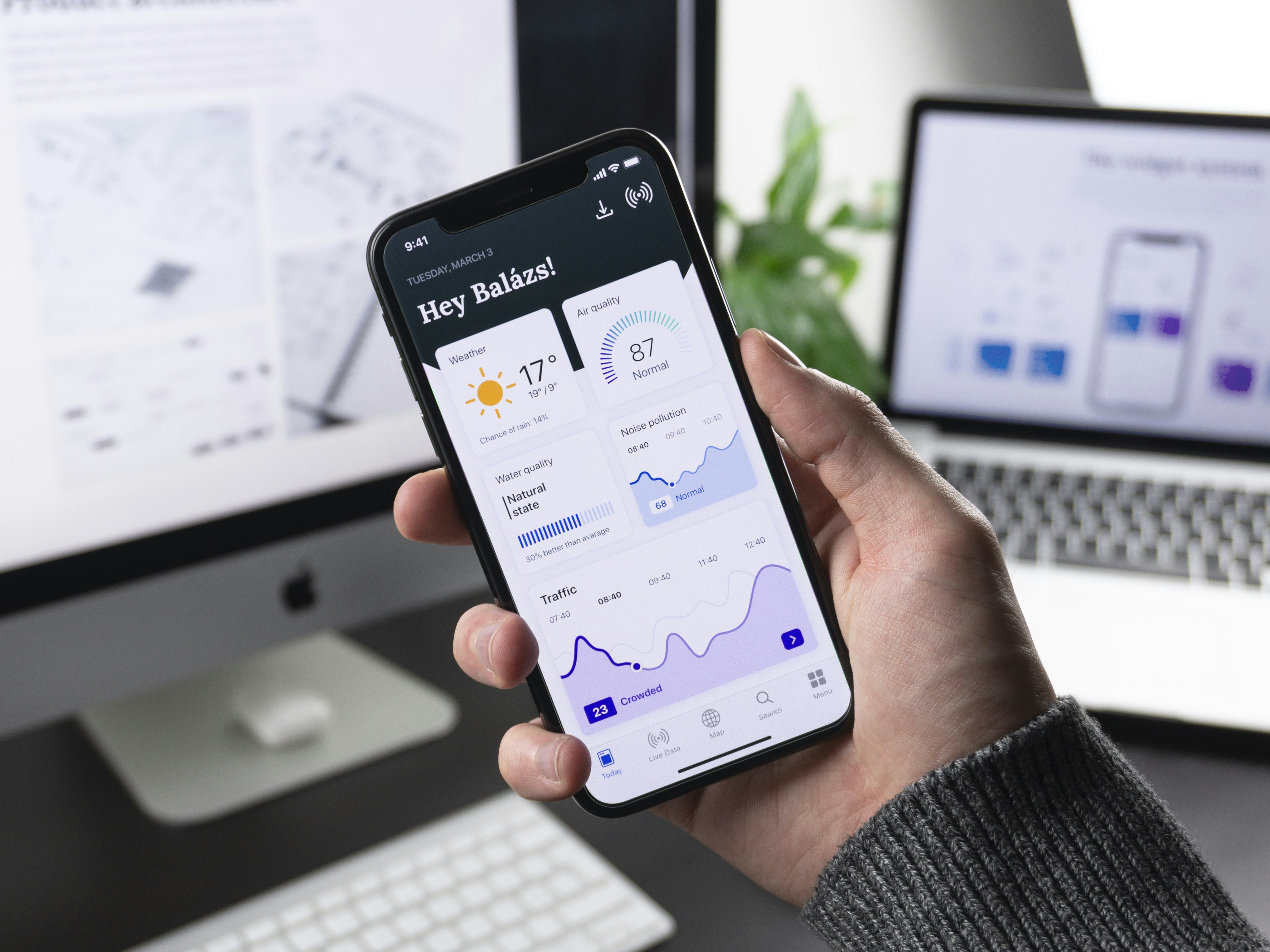How to Use Infographics for SEO: Complete Guide to Boosting Search Rankings
In today's digital marketing landscape, visual content has become a cornerstone of successful SEO strategies. At dtcpack.cn, we understand that infographics represent one of the most powerful tools for enhancing search visibility, building quality backlinks, and engaging audiences across multiple platforms. This comprehensive guide will explore how to leverage infographics effectively for SEO success, providing actionable strategies that can transform your content marketing approach.
The intersection of visual storytelling and search engine optimization creates unique opportunities for brands to stand out in crowded search results. Whether you're a seasoned marketer or just beginning your SEO journey, understanding how to create, optimize, and promote infographics can significantly impact your organic search performance.
Understanding the Role of Infographics in SEO
Infographics serve as powerful SEO assets by combining compelling visual design with valuable information that search engines and users both appreciate. These visual representations of data and concepts naturally attract backlinks, social shares, and user engagement – all critical factors in modern search algorithms.
Search engines increasingly prioritize content that provides exceptional user experience, and infographics excel in this area by making complex information digestible and shareable. When properly optimized, infographics can appear in image search results, featured snippets, and even earn prominent positions in traditional web search rankings. The visual nature of infographics also increases dwell time on your pages, sending positive signals to search engines about your content's value.
Moreover, infographics address multiple search intents simultaneously. They satisfy informational queries with comprehensive data visualization, support commercial investigation with product comparisons, and even fulfill navigational intent when branded appropriately. This versatility makes infographics particularly valuable for comprehensive SEO strategies that target various stages of the customer journey.
Key Strategies for Using Infographics to Improve Search Visibility
Developing an effective infographic SEO strategy requires careful planning and execution across multiple dimensions. The following strategies represent proven approaches that consistently deliver measurable improvements in search visibility and organic traffic growth.
Creating High-Quality, Shareable Infographics
Explanation: High-quality infographics combine compelling visual design with valuable, accurate information that resonates with your target audience. The creation process involves thorough research, professional design, and strategic topic selection that aligns with search demand and user interest. Successful infographics tell a story through data, making complex information accessible and memorable.
Advantages: Quality infographics naturally attract backlinks from authoritative websites, generate social media shares, and increase brand awareness. They position your brand as a thought leader while providing linkable assets that continue generating SEO value long after publication. Additionally, they can be repurposed across multiple channels, maximizing your content investment return.
Limitations: Creating professional infographics requires significant time and resource investment, including design expertise and data research capabilities. Not all topics translate well into visual formats, and some industries may find it challenging to identify compelling visual storytelling opportunities. The competitive landscape for viral infographics has also intensified, making it harder to achieve widespread distribution.
Safety Considerations: Always verify data accuracy from reputable sources and include proper citations to maintain credibility. Avoid copyright infringement by using licensed images and fonts, and ensure your infographics are accessible to users with disabilities through proper alt text and supplementary text descriptions.
Optimizing Infographic Metadata for Search Engines
Explanation: Metadata optimization involves strategically crafting titles, descriptions, alt text, and schema markup to help search engines understand and properly index your infographic content. This includes optimizing file names, implementing structured data, and creating comprehensive surrounding text that provides context for visual elements.
Advantages: Proper metadata optimization significantly improves your infographics' visibility in image search results and increases the likelihood of appearing in featured snippets. It also enhances accessibility for users with visual impairments while providing search engines with clear signals about your content's relevance to specific queries.
Limitations: Search engines still struggle to fully interpret visual content without textual context, limiting the direct SEO value of image-only content. Metadata optimization alone cannot compensate for poor-quality or irrelevant infographic content, and over-optimization can trigger search engine penalties.
Safety Considerations: Avoid keyword stuffing in alt text and file names, as this can harm your SEO efforts. Ensure metadata accurately describes the infographic content to maintain user trust and search engine credibility. Always test your structured data implementation using Google's validation tools.
Leveraging Backlinks Through Infographic Outreach
Explanation: Infographic outreach involves strategically promoting your visual content to relevant websites, bloggers, and influencers who might share or embed your infographics. This process includes identifying link prospects, crafting personalized outreach messages, and providing easy embedding options that preserve attribution links back to your site.
Advantages: Successful outreach campaigns can generate high-quality backlinks from authoritative domains, significantly boosting your domain authority and search rankings. Infographics often have higher acceptance rates for guest posting and content partnerships compared to traditional text-based content.
Limitations: Outreach requires substantial time investment and relationship-building skills. Response rates can be low, especially in competitive niches, and many websites now charge for link placements. Additionally, not all acquired links may pass significant SEO value due to nofollow attributes or low domain authority.
Safety Considerations: Focus on earning natural, editorial links rather than participating in link schemes that violate search engine guidelines. Always disclose any commercial relationships and avoid aggressive or spammy outreach tactics that could damage your brand reputation.
Integrating Infographics into Content Marketing Campaigns
Explanation: Strategic integration involves incorporating infographics into broader content marketing initiatives, including blog posts, social media campaigns, email newsletters, and presentations. This approach maximizes the value of each infographic by creating multiple touchpoints with your audience across different channels and formats.
Advantages: Integrated campaigns amplify the reach and impact of your infographics, creating synergies that boost overall marketing effectiveness. This approach supports consistent brand messaging while providing varied content formats that cater to different audience preferences and consumption habits.
Limitations: Coordinating multi-channel campaigns requires sophisticated planning and resource allocation. Measuring attribution across channels can be challenging, and maintaining consistency while adapting content for different platforms demands additional effort.
Safety Considerations: Ensure brand consistency across all implementations and maintain version control to prevent outdated information from circulating. Respect platform-specific guidelines and user expectations when adapting infographic content for different channels.
Measuring SEO Impact of Infographics
Quantifying the SEO value of infographics requires comprehensive tracking across multiple metrics and channels. Establishing clear measurement frameworks enables data-driven optimization and demonstrates return on investment for visual content initiatives.
Tracking Organic Traffic Growth from Infographic Campaigns
Explanation: Organic traffic tracking involves monitoring direct visits to infographic pages, as well as the broader impact on site-wide organic performance. This includes analyzing landing page metrics, user flow patterns, and conversion attribution to understand how infographics contribute to overall SEO success.
Advantages: Detailed traffic analysis reveals which infographic topics and formats resonate most with your audience, enabling strategic refinement of future content. It also helps identify unexpected traffic sources and search queries that can inform broader content strategy.
Limitations: Attribution can be complex when infographics are embedded on external sites or shared without proper tracking. Seasonal variations and algorithm updates can obscure the true impact of individual infographic campaigns.
Safety Considerations: Implement proper analytics tracking without violating user privacy regulations. Use UTM parameters carefully to avoid creating duplicate content issues, and ensure tracking codes don't slow page load times.
Analyzing Engagement Metrics and Social Shares
Explanation: Engagement analysis encompasses social media shares, comments, time on page, scroll depth, and interaction rates with embedded infographics. These metrics provide insights into content quality and audience resonance beyond traditional SEO metrics.
Advantages: High engagement metrics correlate with improved search rankings and indicate content that truly serves user needs. Social signals, while not direct ranking factors, often precede natural link acquisition and brand mention increases.
Limitations: Social metrics can be artificially inflated and don't always translate to SEO value. Platform algorithm changes can dramatically affect organic reach, making historical comparisons challenging.
Safety Considerations: Avoid purchasing fake engagement or using automation tools that violate platform terms of service. Focus on genuine audience interaction rather than vanity metrics that don't contribute to business objectives.
Evaluating Backlink Quality and Quantity
Explanation: Backlink evaluation involves analyzing the number, quality, and relevance of links acquired through infographic campaigns. This includes assessing domain authority, topical relevance, anchor text distribution, and the overall link velocity generated by your visual content.
Advantages: Quality backlink analysis helps identify the most valuable link sources and content themes for future campaigns. It also enables early detection of potentially harmful links that could trigger search engine penalties.
Limitations: Backlink data from third-party tools is often incomplete or delayed. The true SEO value of links can be difficult to isolate from other ranking factors, and search engines' link valuation algorithms constantly evolve.
Safety Considerations: Regularly audit your backlink profile for toxic links and disavow harmful domains when necessary. Maintain natural link velocity and anchor text diversity to avoid triggering algorithmic penalties.
Common Mistakes to Avoid When Using Infographics for SEO
Understanding common pitfalls helps maximize the SEO value of your infographic investments while avoiding potentially harmful practices. The most frequent mistake is creating infographics without conducting proper keyword research or considering search intent. Many marketers focus solely on visual appeal without ensuring the content addresses actual search queries or user needs.
Another critical error involves neglecting technical optimization. This includes uploading massive image files that slow page load times, failing to provide text alternatives for search engines, or embedding infographics in ways that prevent proper indexing. Some websites make the mistake of hosting infographics on third-party platforms without maintaining canonical versions on their own domains, essentially giving away SEO value to other sites.
Over-promotion represents another common pitfall. Aggressive outreach tactics, such as mass email blasts or comment spam, can damage brand reputation and trigger search engine penalties. Similarly, participating in link schemes or infographic directories that exist solely for link building violates search engine guidelines and risks algorithmic or manual penalties.
Many organizations also fail to maintain infographic accuracy over time. Outdated statistics or information can harm credibility and user trust, leading to increased bounce rates and decreased search visibility. Regular content audits and updates are essential for maintaining the long-term SEO value of infographic investments.
Conclusion
Infographics represent a powerful convergence of visual storytelling and search engine optimization that can dramatically enhance your digital marketing effectiveness. By following the strategies outlined in this guide, you can create compelling visual content that attracts high-quality backlinks, increases user engagement, and improves search rankings across multiple queries and platforms.
Success with infographic SEO requires a balanced approach that prioritizes both user value and technical optimization. From initial concept development through promotion and measurement, each stage presents opportunities to maximize SEO impact while building lasting brand authority. Remember that the most successful infographic campaigns combine creativity with data-driven insights, technical excellence with compelling narratives.
At dtcpack.cn, we've seen firsthand how well-executed infographic strategies can transform organic search performance. By avoiding common mistakes, measuring results comprehensively, and continuously refining your approach based on performance data, you can build a sustainable competitive advantage through visual content that resonates with both search engines and human audiences. The investment in quality infographics pays dividends through improved search visibility, increased brand awareness, and valuable backlinks that strengthen your overall SEO foundation for years to come.
FAQs
What are infographics and why are they important for SEO?
Infographics are visual representations of information, data, or knowledge designed to present complex information quickly and clearly. They're important for SEO because they naturally attract backlinks, increase user engagement, improve dwell time, and can appear in image search results. Their shareable nature amplifies content reach, while their ability to simplify complex topics makes them valuable resources that other websites want to reference and link to.
How do infographics improve search engine rankings?
Infographics improve rankings through multiple mechanisms: they attract high-quality backlinks from authoritative sites, increase user engagement signals like time on page and social shares, and provide opportunities for image search visibility. When properly optimized with relevant metadata and surrounding text, infographics help search engines understand your content's relevance to specific queries while satisfying user intent with valuable visual information.
What are the best practices for designing SEO-friendly infographics?
SEO-friendly infographics should be visually appealing yet optimized for web performance, with file sizes under 100KB when possible. Include your brand and website URL within the design, use clear hierarchical information structure, and ensure text remains readable when scaled. Always provide comprehensive alt text, optimize file names with relevant keywords, implement schema markup, and create detailed surrounding text content that provides context for search engines.
How should I choose topics for SEO-focused infographics?
Select topics based on keyword research, identifying queries with significant search volume but manageable competition. Focus on subjects that benefit from visual explanation, such as statistics, processes, comparisons, or timelines. Analyze competitor content gaps, trending topics in your industry, and frequently asked questions from your audience. Prioritize evergreen topics that maintain relevance over time while occasionally capitalizing on timely trends for viral potential.
What common pitfalls should be avoided in infographic SEO campaigns?
Avoid creating infographics without keyword research or clear search intent alignment. Don't neglect technical optimization like file compression, alt text, and mobile responsiveness. Steer clear of aggressive link building tactics or participating in link schemes. Never use inaccurate data or fail to cite sources, and avoid hosting infographics exclusively on third-party platforms. Regular updates are essential to prevent outdated information from harming your credibility and search rankings.
Latest: Denver SEO Agency Solutions: Local to Global Optimization Strategies Explained
Next: White Label SEO Reporting Tools: Complete Guide for Agencies Using dtcpack.cn










